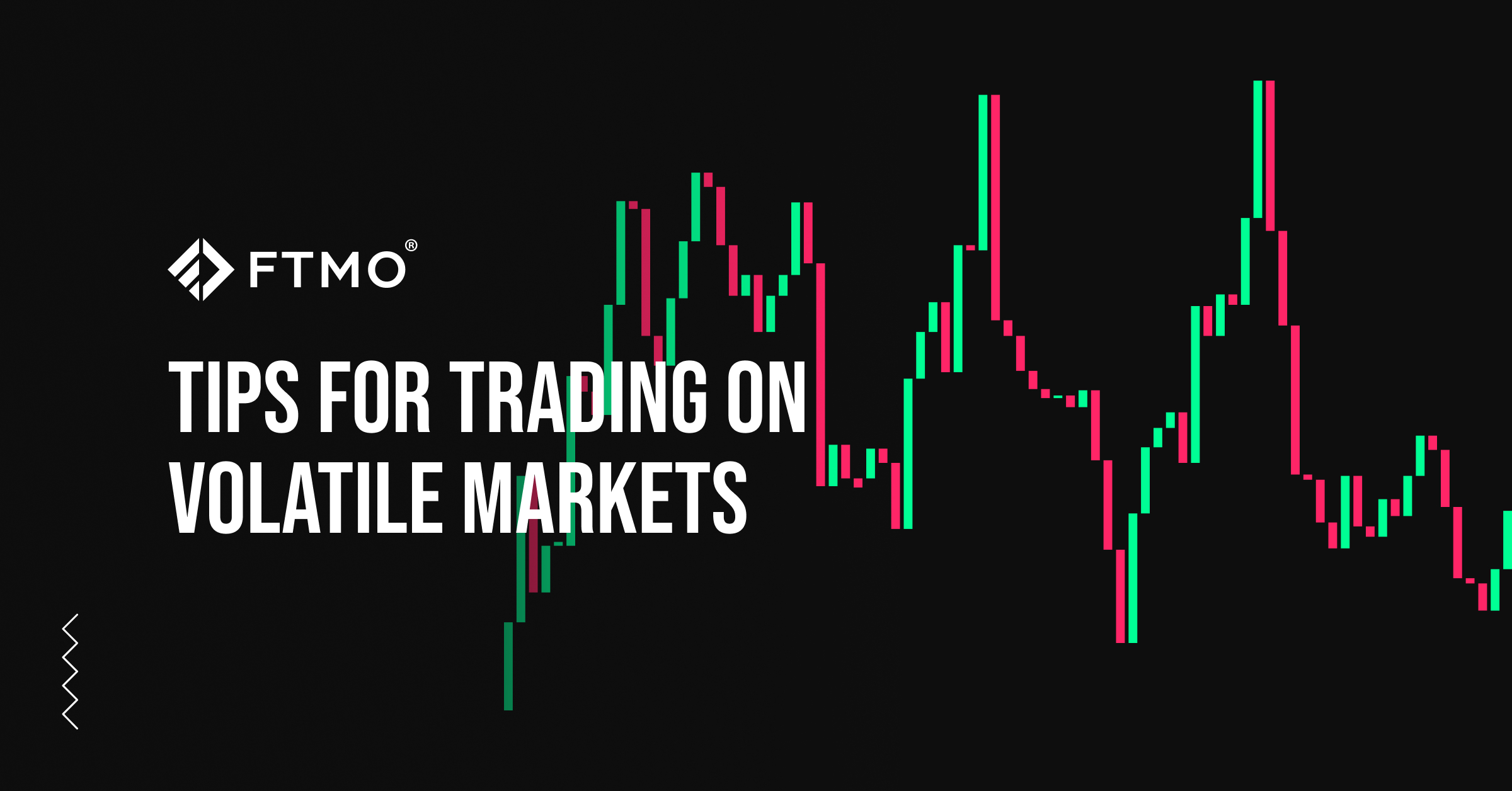
Tips for trading on volatile markets
For investors with long investment horizons, high volatility is a scourge with which market declines are associated. For short-term traders, on the other hand, volatility is a welcomed help, offering them plenty of trading opportunities. So how can you use volatility to your advantage?
You can't make money in the financial markets without price movements. However, different levels of volatility in the markets create different opportunities and also suit different types of investors/traders. Investors with a long investment horizon and traders who like to ride long trends do not like high volatility. This is because higher volatility increases risk and uncertainty in the markets, which are simply not conducive to long-term investments and trends.
But volatility doesn't always have to be a bad thing, because fluctuations in the markets can provide good opportunities for potentially quick profits. While it is true that we point out in our articles that expecting quick and above-average gains usually leads to losses, increased volatility in the markets simply requires a slightly different approach.
Shares at a discount and regular investments
For long-term investors, the volatility in the markets, usually associated with bear markets, can have one big advantage. It allows them to extend and diversify their portfolio and buy investment instruments (usually shares) at deep discounts.
Another approach that long-term investors can use in volatile markets is investing regularly. These use price declines to buy more securities at the same price and then price averaging. It could be said that the ideal time to start regular investing is during periods of downturns and increased volatility.
Choosing the right approach
You need to adapt your strategy and trading style to markets with higher volatility and be prepared for the fact that it can be more mentally challenging. Discipline and sticking to a plan are therefore very important.
For traders who like to use indicators, those indicators that use volatility in their calculations may be the solution. One of the most popular is Bollinger Bands, which is based on ranges marking the relative expression of minimum and maximum prices. This indicator uses the standard deviation as a measure of the volatility of an investment instrument when determining the ranges and their distance.
Moderation, discipline, and risk management adjustment
Position traders who hold their trades for longer periods of time, i.e. weeks or longer, and look for stronger trends may prefer "calmer" markets, but even they should not have a significant problem with higher volatility. One solution may be adjusted Stop Loss levels, which are likely to be wider than usual. Of course, the position size will need to be adjusted to this, so that any losses are not unnecessarily large.
If the increased volatility is also reflected on higher timeframes (D1 etc.), it may be that trades will last much shorter than usual because the TP will be hit earlier due to the stronger movement. However, one should be prepared for the fact that losses may be more frequent.
Swing traders who also hold positions open for several days should also have no problem with excessive volatility. Increased volatility should play more in their favor, but they should also be careful about adjusting SL and TP levels. It is also true here that trades may take a shorter time due to the fast movements and one should prepare for this.
Although increased volatility may mean more opportunities to enter, it does not mean that a trader should make an excessive amount of trades which increases the risk of mistakes and subsequent losses. Rather, we recommend patience and moderation in the selection of entry positions, less can sometimes mean more. A trader should always keep his trading plan in mind and not be distracted by suddenly having more opportunities to enter the market.
Ideal for intraday trading and scalping
Intraday traders and those who use scalping in their trading will probably be the most happy about the increased volatility in the markets. The more volatility in the markets, the more opportunities for entry these traders have. However, what is an advantage for them can also become a curse. This is because many opportunities to straddle tempt the trader to overtrade.
Scalpers and intraday traders should have clear rules about the number of trades or losing trades in a day and should not trade in volatile markets without SL and TP. It is also very important to follow the calendar. While news releases and subsequent significant market movements may look like an interesting opportunity for scalpers and intraday traders to enter the markets, it can be a dangerous trap. Extended spreads and subsequently triggered Stop Losses can have adverse effects on a trader's account due to potential slippage and the subsequent catch-up of losses can again lead to unnecessary trades and losses.
So while volatility may seem like a very good servant to ensure that traders have enough trades, beware of it becoming the evil master. Trade safely!
About FTMO
FTMO developed a 2-step Evaluation Process to find trading talents. Upon successful completion you can get an FTMO Account with a balance of up to $200,000. How does it work?.









